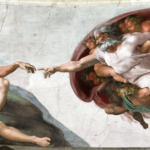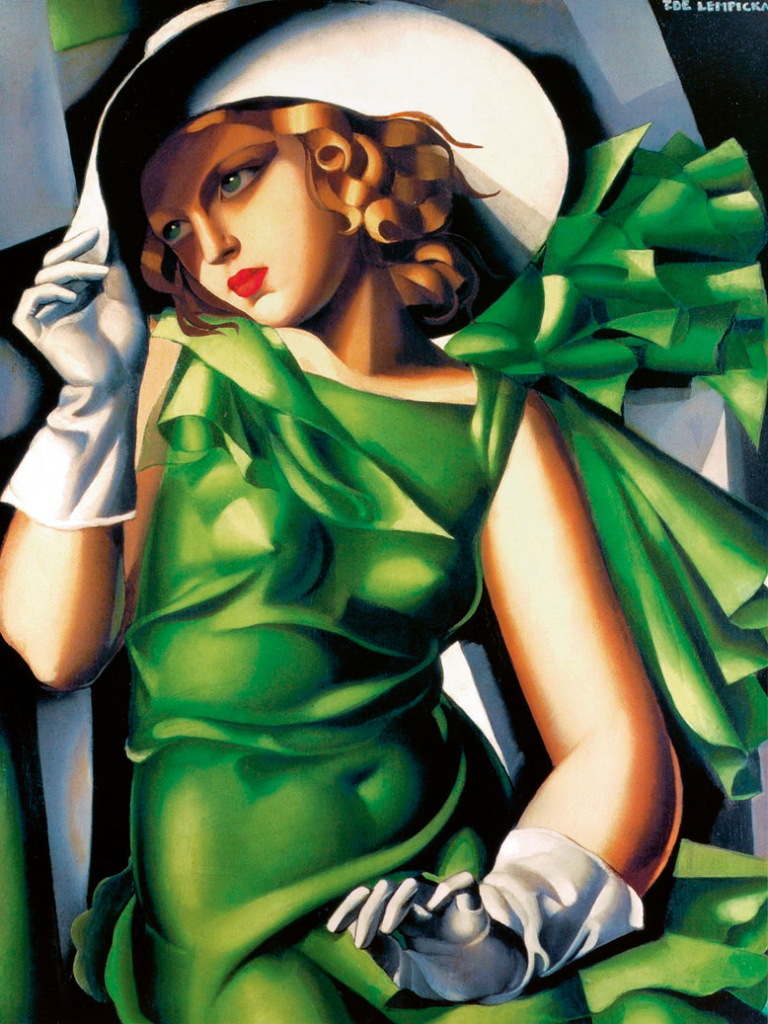
In the effervescent artistic landscape of the 20th century, one name resonates as an echo of style and audacity: Tamara de Lempicka, muse of modernity, living embodiment of art deco, and symbol of a femininity that challenged the norms of her time. Born in Warsaw in 1898, Tamara Gorska, the daughter of a prosperous Russian Jew, found herself immersed in an era of great changes.
Her marriage to Tadeusz Lempicki in 1916 was just the beginning of an adventure that would take her far from her homeland. The Russian Revolution, with its whirlwinds of danger and uncertainty, forced her to seek refuge in Paris, a city bubbling with creativity and innovation in 1918. Here, Tamara de Lempicka dove ardently into cultural life, frequenting high society and artistic circles where Cubists and Futurists were redefining art.

Tamara de Lempicka: Self-Portrait in the Green Bugatti Her “Self-Portrait in the Green Bugatti” is more than just a painting; it’s a declaration of independence, a manifesto of that modern femininity which Tamara embodied and promoted. Seated at the wheel of her Bugatti, Tamara is not just a painter; she is an icon, a bold force speeding towards the future.
The 1920s, with their uninhibited spirit and quest for pleasure, found in Tamara de Lempicka an unparalleled protagonist and interpreter. Her works, like “The Two Friends” and “Marika de La Salle,” are a hymn to the beauty and complexity of the human soul, portraits that, while influenced by Cubism, are infused with a distinctive personality and aesthetic.
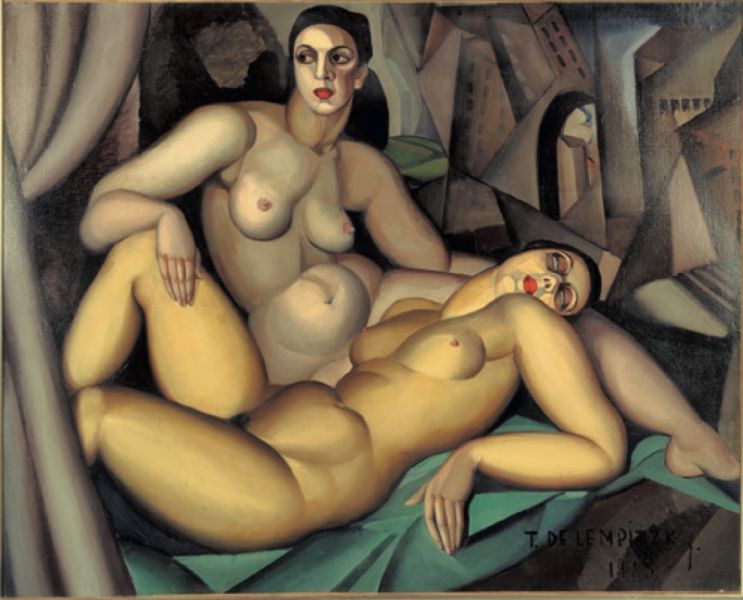
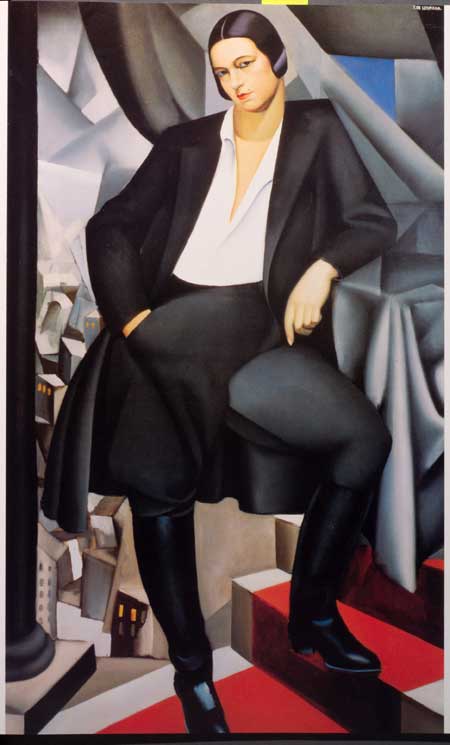
Her figures, often compressed in restricted spaces and outlined by intense colors and decisive shadows, convey a sense of strength and at the same time melancholy. The gaze of her models, almost absent, seems to reflect deep introspection, an inner malaise that contrasts with their outward perfection.
In “Young Girl with Gloves,” female exuberance manifests in all its power. The work is a dialogue between independence and sensuality, between the desire for personal affirmation and the search for love. Tamara de Lempicka, through her art, explores and celebrates the complexity of being a woman, with grace and elegance that leave an imprint on the viewer’s soul.
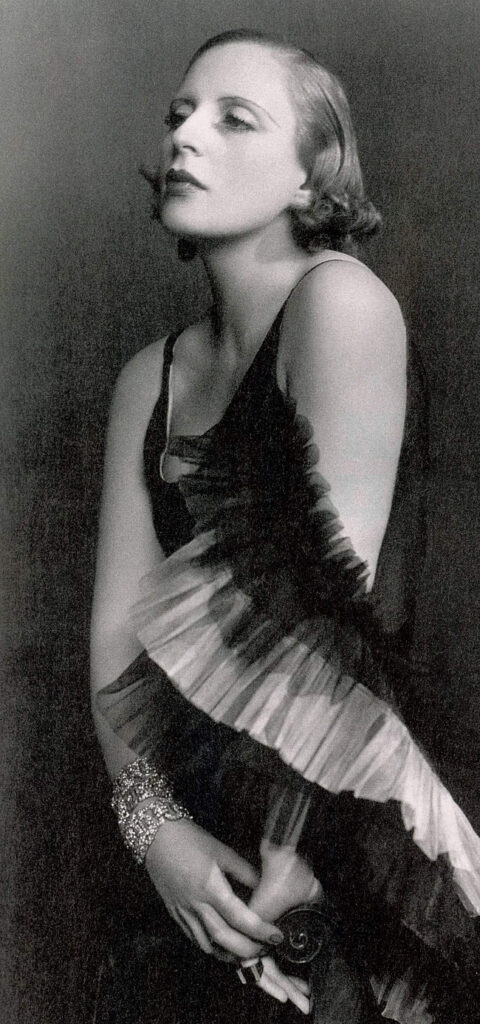
Her life, like her canvases, was a work of art, a bold journey through a century of changes, a testament to how beauty and spirit can intertwine to create something eternal. Tamara de Lempicka is not just a name: it’s an era, a style, a thought that continues to live and inspire.




